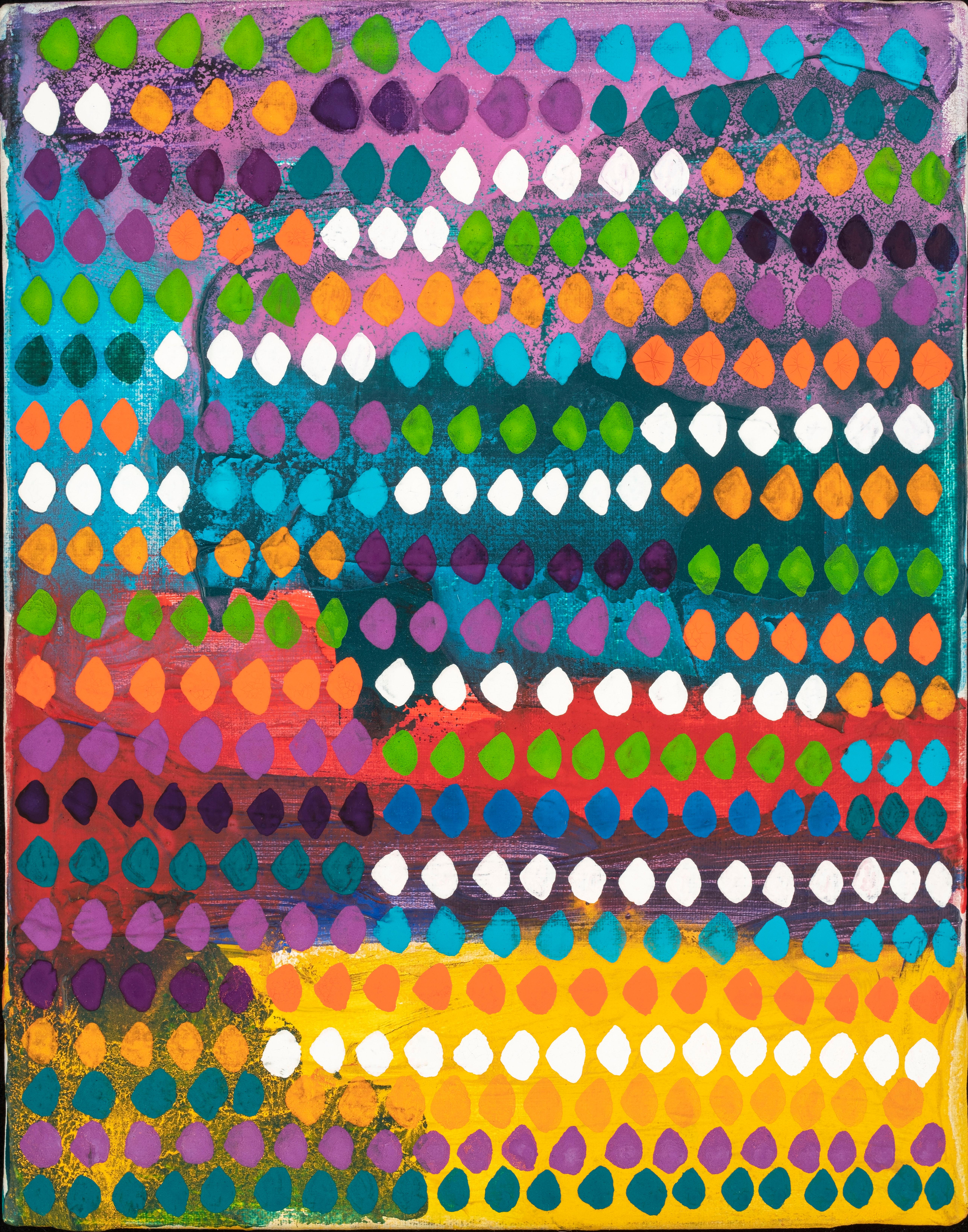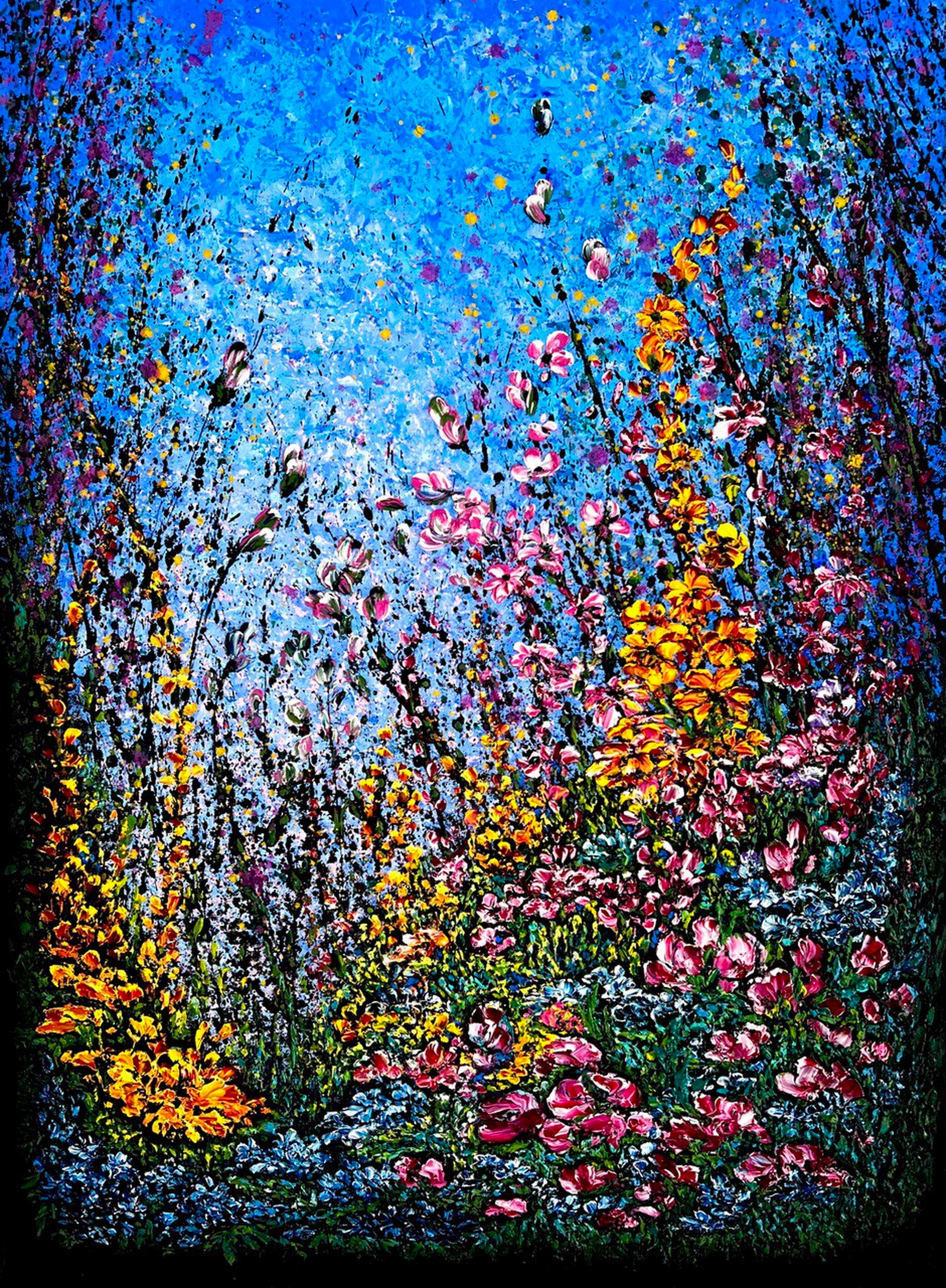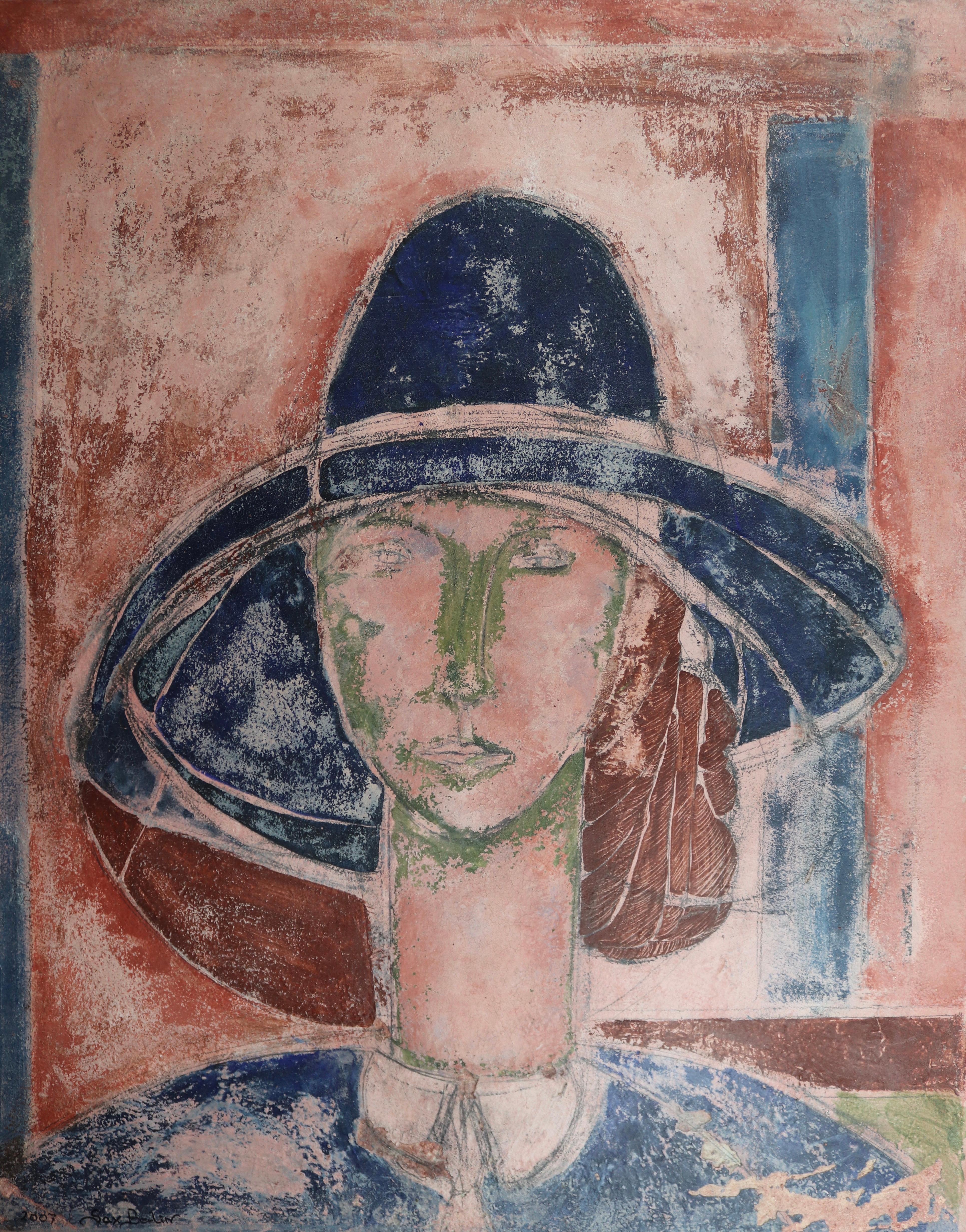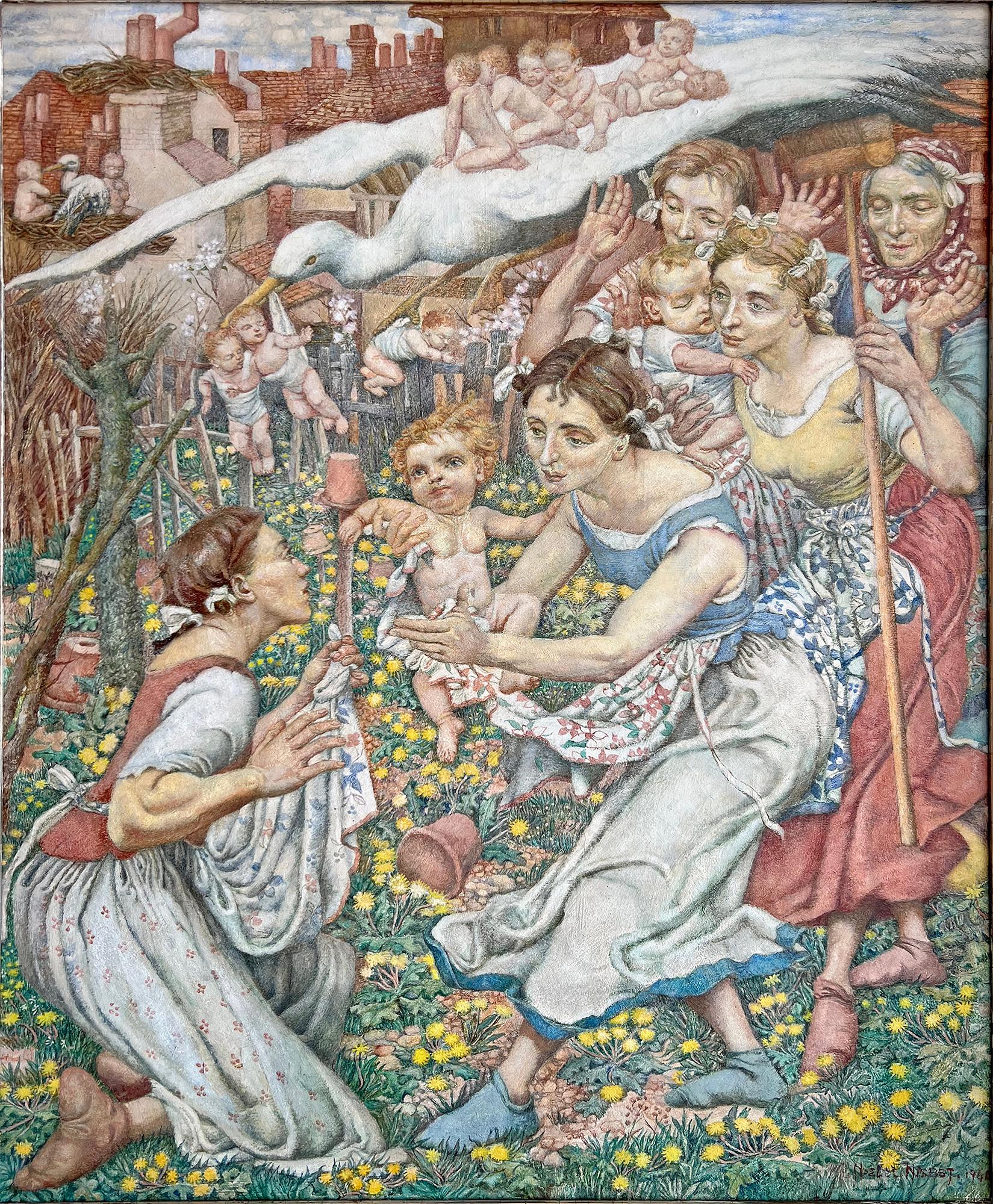Stevan DohanosPenny Candy, The Saturday Evening Post Cover1944
1944
About the Item
- Creator:Stevan Dohanos (1907-1995, American)
- Creation Year:1944
- Dimensions:Height: 27.25 in (69.22 cm)Width: 21.75 in (55.25 cm)
- Medium:
- Period:
- Condition:
- Gallery Location:Fort Washington, PA
- Reference Number:
Stevan Dohanos
Stevan Dohanos was born in the steel mill town of Lorain, Ohio, on May 18, 1907. Dohanos studied at the Cleveland School of the Arts. He is best known for the covers, more than 100, he painted for The Saturday Evening Post magazine during the 1940s and 1950s. His work appeared frequently on its covers. Most of his illustrations depicted common scenes of everyday post-war American life, such as a mobile home complete with pink flamingo, a gas station attendant inflating a child's toy or a souped-up motorcycle in the owner's driveway. His works are often compared to those of Norman Rockwell. Dohanos was influenced by The Eight namely Henri, Sloan, Glackens, Shinn, Prendergast, Davies, Lawson and Luks. During the 1960s, his designs were used on 25 postage stamps. From 1961–63, he served as a President of the Society of Illustrators and in 1971 was elected to the Society's Hall of Fame. He was a founder of the Famous Artists School in Westport. Dohanos died on July 2, 1994, in Westport, Connecticut.
- ShippingRetrieving quote...Ships From: Fort Washington, PA
- Return PolicyA return for this item may be initiated within 14 days of delivery.
- "Is Geography Distracting You From the World Series?By Charles KerinsLocated in Fort Washington, PASignature: Signed Lower Left Original cover for The Catholic Boy magazine, published September 1952. Captioned on the first page of the magazine: "Is geography distracting you from ...Category
1950s Figurative Paintings
MaterialsTempera, Board
- Home Improvement, Saturday Evening Post CoverBy Stevan DohanosLocated in Fort Washington, PAMedium: Tempera Painting Signature: Signed Lower Left Cover of The Saturday Evening Post Magazine, December 5, 1953Category
1950s Interior Paintings
MaterialsTempera
- Icing the Cake, Cover of The Saturday Evening PostBy Stevan DohanosLocated in Fort Washington, PAMedium: Gouache and Tempera on Masonite Sight Size 14.50" x 11.25", Framed 20.50" x 17.25" Signature: Signed Lower Right Cover of The Saturday Evening Post, June 16, 1945Category
1940s Figurative Paintings
MaterialsMasonite, Tempera, Gouache
- In the Dentist's Chair, Post CoverLocated in Fort Washington, PAThe original cover for The Saturday Evening Post, In The Dentist’s Chair, published on October 19, 1957, embodies Ard’s characteristic wit and attention to detail. The young man, still wearing a toy pistol in a holster, seems to have been torn from playing a cowboy with his friends. Having just completed his x-rays, which hang on the wall behind him, the boy awaits the arrival of the dentist to determine his fate. Interestingly, the Post editors empathize with the dentist rather than the patient. The Post describes: “Dentists are to be pitied. How would you like to be greeted by horrified faces like this from morn till night throughout your professional career? Dentists are kindly, humane souls who love their fellowmen, minister constructively to their grinders, and seldom hurt the faint-hearts much while doing it–yet their only reward, besides a fee, is those eternal faces, staring, staring upward as if at an ogre. Next time you go to a D.D.S., smile at him; and if he doesn’t faint, maybe he’ll pull a couple of your teeth for nothing. Kurt Ard...Category
20th Century Other Art Style Figurative Paintings
MaterialsTempera
- Grandma Catches Fly-ball, Saturday Evening Post CoverBy Richard Dick SargentLocated in Fort Washington, PASigned Lower Left by Artist Cover of The Saturday Evening Post, April 23, 1960Category
1960s Paintings
MaterialsCasein
- "Jekyll Becomes Hyde" Strange Case of Dr. Jekyll and Mr. HydeBy Seymour ChwastLocated in Fort Washington, PASigned "Chwast" in Pencil Lower Right "Jekyll Becomes Hyde." Original illustration for a German edition of Robert Louis Stevenson's Strange Case of Dr. Jekyll and Mr. Hyde, (Frankfu...Category
1990s Paintings
MaterialsInk, Tempera
- Portrait of an Italian NoblewomanLocated in London, GB15th century, Italian Circle of Antonio del Pollaiuolo (1429-1498) Portrait of an Italian Noblewoman Oil and tempura on poplar panel With partial inscription: ALZETAPIN Provenance:...Category
15th Century and Earlier Renaissance Portrait Paintings
MaterialsOil, Tempera, Wood Panel
- Le Jeu des Perles de VerreBy Gonçalo IvoLocated in Miami, FLGonçalo Ivo was born in Rio de Janeiro, Brazil in 1958. He is the son of Brazilian writer and poet, Lêdo Ivo. His work has been the focus of over 40 solo exhibitions and can be found...Category
21st Century and Contemporary Abstract Geometric Abstract Paintings
MaterialsCanvas, Linen, Oil, Tempera
- Japan. Hokkaido Island at sunrise. Modern Impasto fine art. Impressionism style.Located in Zofingen, AGLess populated than any other part of the country, Japan's northernmost island, Hokkaido, is every nature lover's dream. Its wild and untouched landscapes are home to six incredible national parks. Thus, the huge island has a rich wildlife that you can enjoy like nowhere else in Japan. This original beautiful painting was created on a high-quality canvas (80/60 cm) with a palette knife, using Tempera and environmentally friendly oil colors with natural pigment. The painting was created in a unique individual technique in the impressionism style. The impasto painting style, achieved with a palette knife, gives the piece incredible depth and texture, creating a feeling of complete contact with nature. It does not require a frame. Painting is covered with UV varnish. Signed back. Ready to hang. Сontemporary Art. One-of-a-Kind Painting (only one piece worldwide). Certificate is attached. This artwork is from a series of paintings that heal your space. About the artist: Vik Schroeder...Category
2010s Impressionist Interior Paintings
MaterialsTempera, Oil
- La Grande Parisienne. Contemporary Figurative Oil PaintingBy Sax BerlinLocated in Brecon, PowysWhen this beautiful piece was created Berlin had been staging a one man renaissance of the early 20th Century School of Paris. For 8 years in this wing of study he used the shapes of...Category
2010s Contemporary Figurative Paintings
MaterialsMarble
- Pre-Raphaelite Style Painting of Mothers and Babies in WWIILocated in Miami, FLBabies are falling from the sky and not bombs. British female artist and illustrator Noel Laura Nisbet makes a passionate twist to the reality of En...Category
1940s Pre-Raphaelite Figurative Paintings
MaterialsCanvas, Tempera, Mixed Media, Oil
- St. Atomic oil and tempera painting by Julio de DiegoBy Julio de DiegoLocated in Hudson, NYJulio De Diego’s Atomic Series paintings made an extraordinary statement regarding the shock and fear that accompanied the dawn of the nuclear age. In the artist’s own words, “Scientists were working secretly to develop formidable powers taken from the mysterious depths of the earth - with the power to make the earth useless! Then, the EXPLOSION! . . . we entered the Atomic Age, and from there the neo-Atomic war begins. Explosions fell everywhere and man kept on fighting, discovering he could fight without flesh.” To execute these works, De Diego developed a technique of using tempera underpainting before applying layer upon layer of pigmented oil glazes. The result is paintings with surfaces which were described as “bonelike” in quality. The forms seem to float freely, creating a three-dimensional visual effect. In the 1954 book The Modern Renaissance in American Art, author Ralph Pearson summarizes the series as “a fantastic interpretation of a weighty theme. Perhaps it is well to let fantasy and irony appear to lighten the devastating impact. By inverse action, they may in fact increase its weight.” Exhibited 1950 University of Illinois at Urbana "Contemporary American Painting" 1964 Marion Koogler McNay Art Institute, San Antonio, Texas This work retains its original frame which measures 54" x 36" x 2". About this artist: Julio De Diego crafted a formidable persona within the artistic developments and political struggles of his time. The artist characterized his own work as “lyrical,” explaining, “through the years, the surrealists, the social-conscious painters and the others tried to adopt me, but I went my own way, good, bad or indifferent.” [1] His independence manifested early in life when de Diego left his parent’s home in Madrid, Spain, in adolescence following his father’s attempts to curtail his artistic aspirations. At the age of fifteen he held his first exhibition, set up within a gambling casino. He managed to acquire an apprenticeship in a studio producing scenery for Madrid’s operas, but moved from behind the curtains to the stage, trying his hand at acting and performing as an extra in the Ballet Russes’ Petrouchka with Nijinsky. He spent several years in the Spanish army, including a six-month stretch in the Rif War of 1920 in Northern Africa. His artistic career pushed ahead as he set off for Paris and became familiar with modernism’s forays into abstraction, surrealism, and cubism. The artist arrived in the U.S. in 1924 and settled in Chicago two years later. He established himself with a commission for the decoration of two chapels in St. Gregory’s Church. He also worked in fashion illustration, designed magazine covers and developed a popular laundry bag for the Hotel Sherman. De Diego began exhibiting through the Art Institute of Chicago in 1929, and participated in the annual Chicago Artists Exhibitions, Annual American Exhibitions, and International Water Color Exhibitions. He held a solo exhibition at the Art Institute of Chicago in the summer of 1935. Though the artist’s career was advancing, his family life had deteriorated. In 1932 his first marriage dissolved, and the couple’s young daughter Kiriki was sent to live with friend Paul Hoffman. De Diego continued to develop his artistic vocabulary with a growing interest in Mexican art. He traveled throughout the country acquainting himself with the works of muralists such as Carlos Merida, and also began a collection of small native artifacts...Category
1940s American Modern Abstract Paintings
MaterialsMasonite, Oil, Tempera





